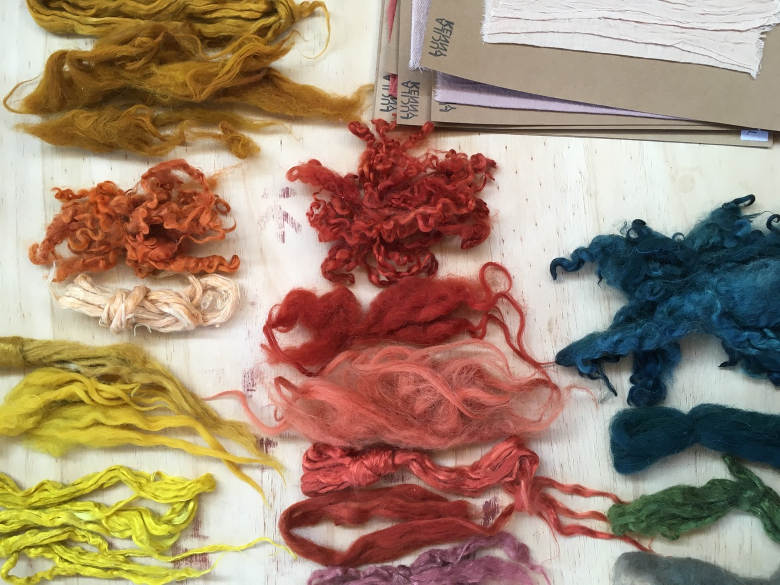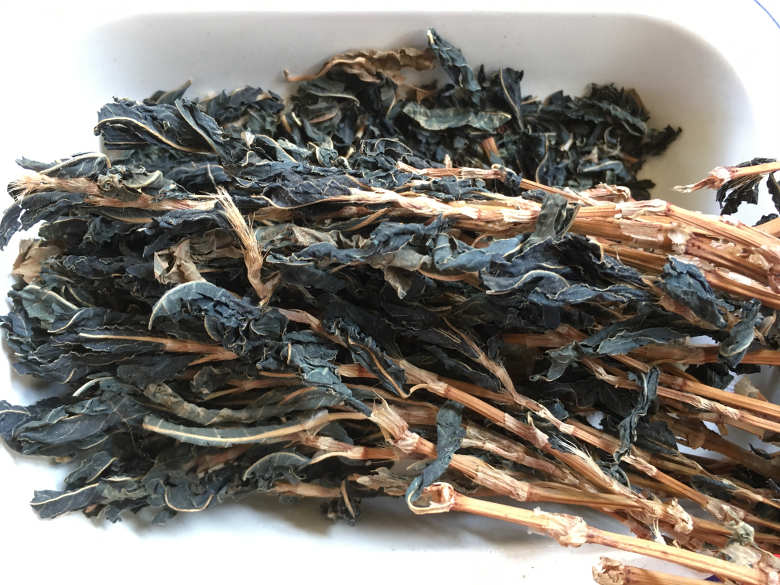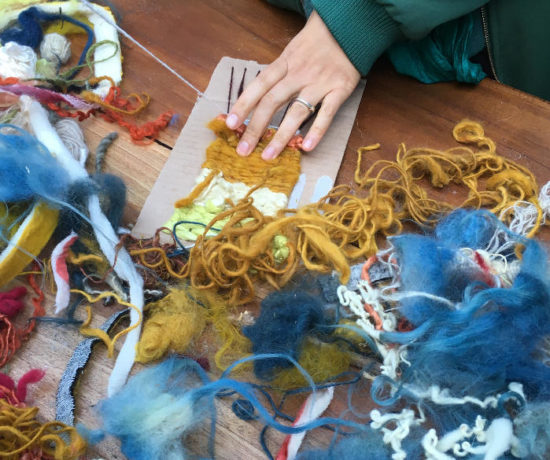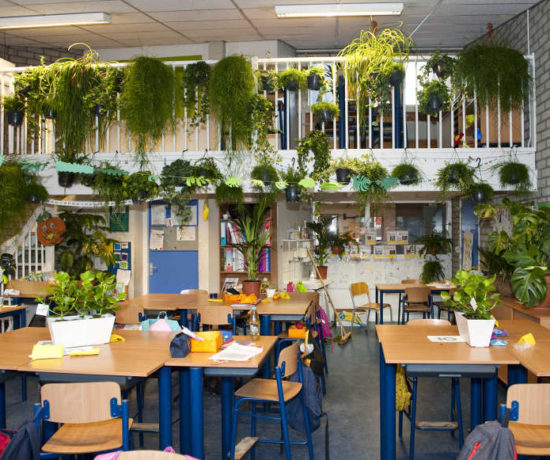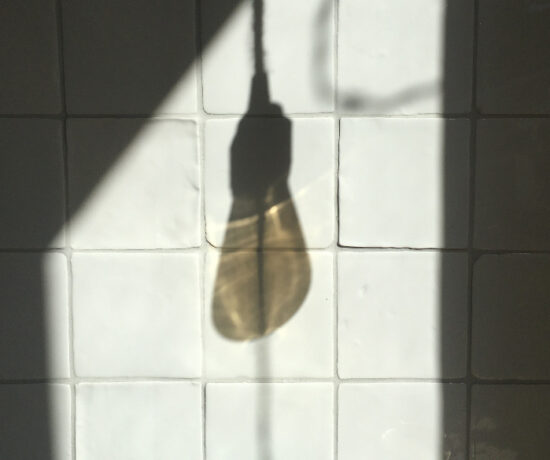Natural plant dyes are making a comeback. This is not surprising, since the longing for an ecological and sustainable lifstyle is growing. Lucila Kenny offers Making slow textiles using Natural Plant Dyes workshops in Amsterdam. Cathelijne let herself be swayed and participated.
I don’t know what to say when Lucila asks why we signed up for the workshop. Uh… I actually have no idea. Something enticed me. The other participants do know. The art academy student wants to learn natural methods to color or change textile and the yoga teacher hopes to find a new way to express her creativity. I was mainly touched by Lucila’s holistic vision. Facebook enticed me and after various clicks, I was led to Lucila’s website and was immediately sold.
Dirty Wool
Perhaps my childhood memories were my reason. As a little girl I had watched my mother wash the freshly shaved – still covered with sheep poop, urine and insects – woolen fur. Once cleaned, she would card the greasy wool, spin the threads, dye the strings. She would knit things. I remember sweaters. The scent of dirty, wet, spun wool is ingrained in my memory. I also vaguely remember her search for plants to use as dye and that she had planted a few in our modest backyard.
The Alchemy of Color
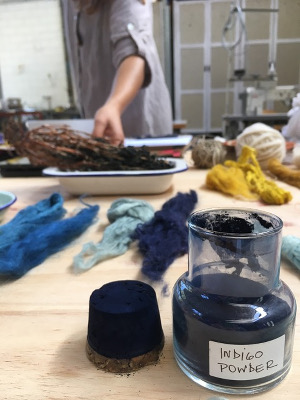 Lucila has displayed samples from her dye kitchen on her large working table in her art studio. The green leaves of a bunch of carrots, a pomegranate, saffron, leaves of the indigo plant, turmeric, bark. All potential dye. The lemon, gall nuts from an oak tree, bottles of vinegar and alum are all mordants that attach the pigmentation to the fabric. The color and shade are determined by the type of mordant that you use. Just one plant can give you multiple colors.
Lucila has displayed samples from her dye kitchen on her large working table in her art studio. The green leaves of a bunch of carrots, a pomegranate, saffron, leaves of the indigo plant, turmeric, bark. All potential dye. The lemon, gall nuts from an oak tree, bottles of vinegar and alum are all mordants that attach the pigmentation to the fabric. The color and shade are determined by the type of mordant that you use. Just one plant can give you multiple colors.
Plant dyeing is chemistry. This already starts when you harvest the plant. The month of harvest, as well as the location of the plant and tree, impacts the coloring. The temperature of the dye bath and pH values of the water also play a role. And if you use a copper or aluminum pan, then you will get a different coloring as well.
Stirring in the Pans at Claudy Jongstra’s Art Studio
The Argentinian Lucila came to the Netherlands to do an internship with artist Claudy Jongstra, who is internationally known for the new elan that she gave to natural felt. But Lucila was mostly fascinated with the dye pans. After finishing her internship she continued to work for Jongstra for a few more years and created the color pallet for her art. That meant a whole lot of experimenting. Because which plant parts are the best? Best time to harvest? Use when fresh or dried? Which fixative? How many grams of pigmentation go with how many grams of fabric? Endlessly testing and figuring things out. “Dyeing is like cooking,” Lucila says. Give three people the same recipe and ingredients and they will all cook something that tastes totally different.”
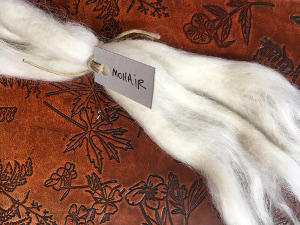 Even during the workshop it is clear that dye does not always give you the color that you expect when working with natural materials. Henna gives you orange? That’s what you would expect, but it produces a light-brown shade of camel. We also discover that each color works differently depending on the type of material. Dye on wool produces the deepest colors. Apparently, the pigmentation attaches the most easily to this fabric.
Even during the workshop it is clear that dye does not always give you the color that you expect when working with natural materials. Henna gives you orange? That’s what you would expect, but it produces a light-brown shade of camel. We also discover that each color works differently depending on the type of material. Dye on wool produces the deepest colors. Apparently, the pigmentation attaches the most easily to this fabric.
Plant-Based Meditation
Dyeing with natural materials requires an endless amount of time and patience. It takes days to collect, grind, soak, pre-cook, dye and dry various materials. But it is only when you take the time that you will discover the hidden colors of nature. The pink, yellow and green shades of the birch and elm, for example, and the yellow and peachy orange of rhubarb.
Apart from the various colors, the process also gives you other valuable insights: the impact of slowing down, how you deal with expectations and if you can be open to what unfolds naturally. When Lucila started with her meditation practice, she immediately noticed the similarity to her work in her art studio. “The process of dyeing requires your full presence and attention. You cannot leave the pan on the fire for a few minutes while you do something else. You must stir mindfully, otherwise the coloring will have irregularities. The process of dyeing has taught me to be patient, open and curious, which I can now also integrate more easily into my daily life.”
 Colors from Amsterdam
Colors from Amsterdam
When Lucila is not teaching her classes, she makes natural plant dyed scarfs and works on her project named ‘Colors from Amsterdam’. It is her wish to show the hidden colors of Amsterdam, derived from ingredients of trees in Amsterdam. What a poetic idea. I cannot wait to see the first results.
Her natural plant dyed scarfs are for sale on her website or at The Maker Store, Hannie Dankbaarpassage 39 in Amsterdam (De Hallen).
Follow Lucila on Instagram!
Translation by: Cindy Ritmeester, naturalsoul.nl

